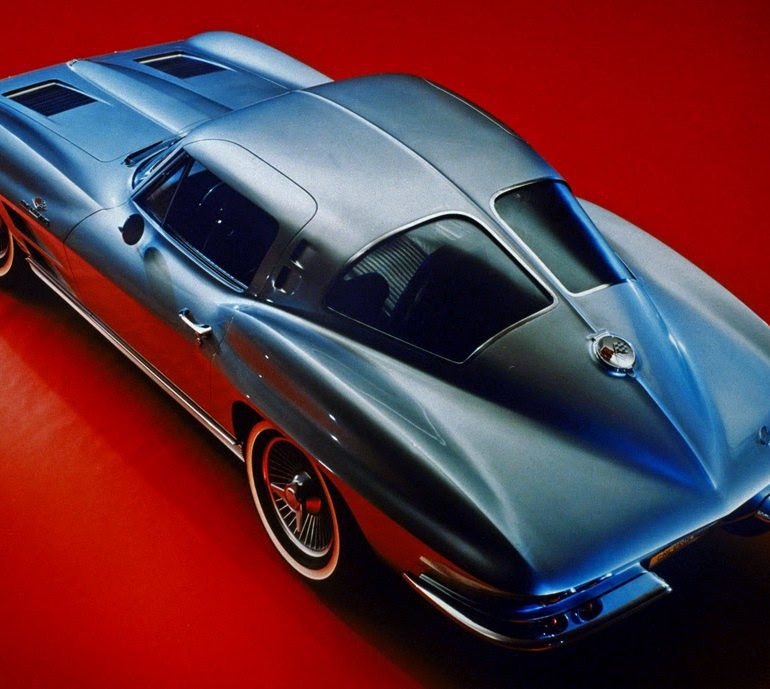When people talk of “split window” cars they automatically think of the notorious 1963 split-window Chevrolet Corvette. And of course, the ‘63 split-window is a rare collector’s piece worth drooling over. Selling for anywhere from $95,000 to $275,000, the ‘63 Corvette is one that collectors are always on the lookout for.
There are tons of split-window cars out there that deserve our respect. Today we cover five of these incredible cars.



